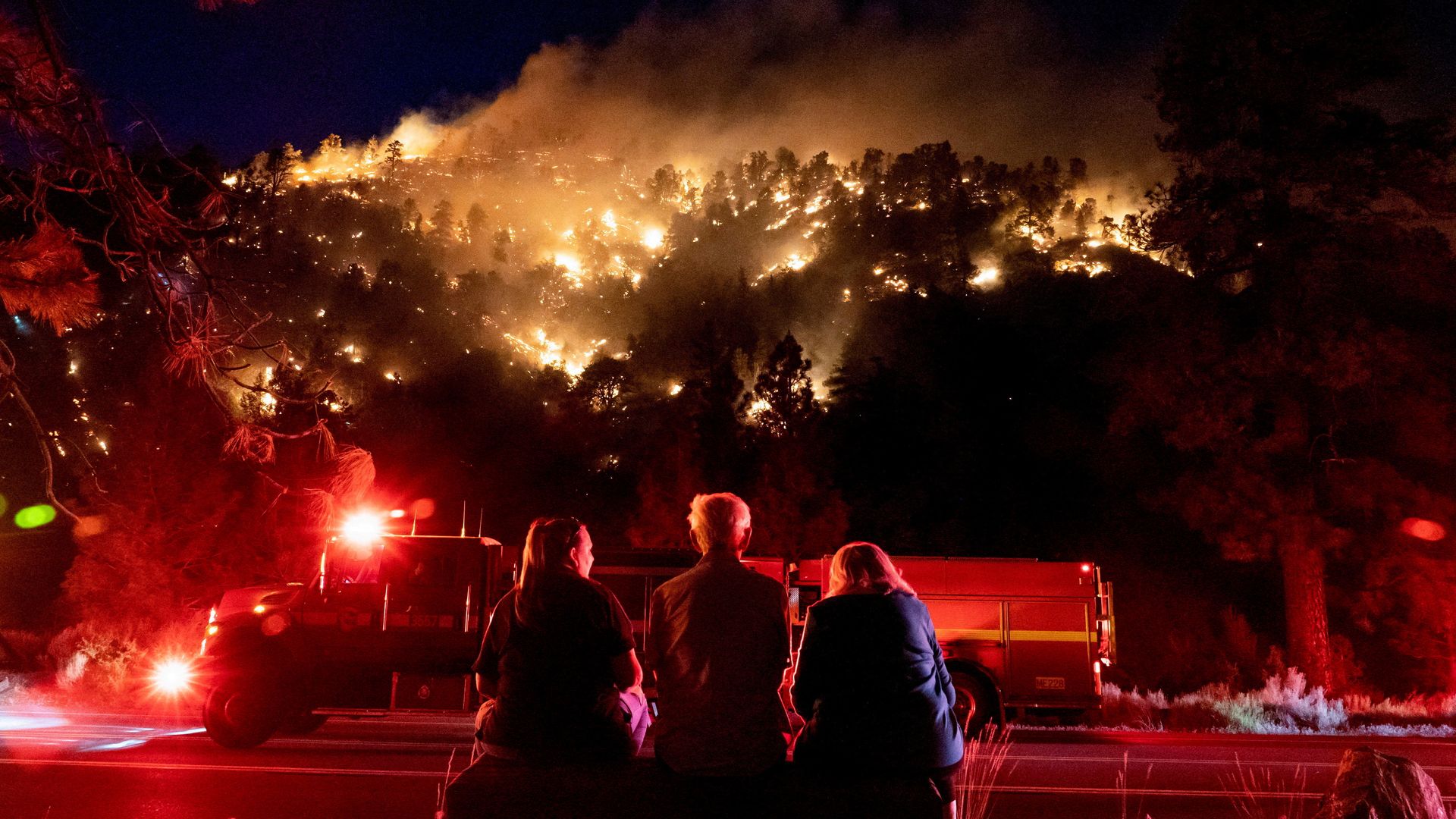
SIMONE DEL ROSARIO: It’s not anecdotal. Extreme natural disasters are happening more often and causing way more damage. Insurance is supposed to be there to cover you in case the worst happens to your home. But in disaster prone areas, some insurers are saying it’s just too risky to keep doing business there.
SCOTT HOLEMAN: The last few years, insurers have lost money.
SIMONE DEL ROSARIO: Scott Holeman is a spokesperson for Triple-I, Insurance Information Institute.
SCOTT HOLEMAN: If the combined ratio is under 100, insurance companies can make money. If that combined ratio is over 100, that means they’re paying out more money than they’re taking in. And that’s not sustainable for any business to pay out more than what you’re collecting.
SIMONE DEL ROSARIO: Look closer at markets like Florida and California, and it’s no wonder insurers are jumping ship. From 2016-2019, for every $100 in premiums Florida insurers received, they paid out $117.50 in losses and expenses. While on a national level, it was basically break even over that time.
Meanwhile, California insurers are still catching up from the fateful fire seasons of 2017 and 2018. Triple-I says in the last decade, California insurers made healthy profits in the homeowners’ insurance business for 8 out of 10 years. But the combined ratio is still 108.1% over that time. That’s because for every $100 in premiums received, California’s home insurers paid out $241.90 in 2017 and $213.40 in 2018.
This year the state’s largest insurer, State Farm, said it would stop selling new home policies in the state. Allstate had quietly stopped selling them last year. Others have followed suit. Farmers has also pulled back in Florida and California.
SCOTT HOLEMAN: Florida and California are seeing a lot of issues. But it’s not just there, we’re seeing places like Arkansas and Mississippi were hit by tornadoes earlier this year. Insurers are going to have to raise rates to stay in business or leave the market.
SIMONE DEL ROSARIO: This is part 1 of a 3-part series on the homeowners’ insurance crisis. Be sure to download the SAN app and enable notifications so you can catch part 2 on skyrocketing premiums coming soon.











